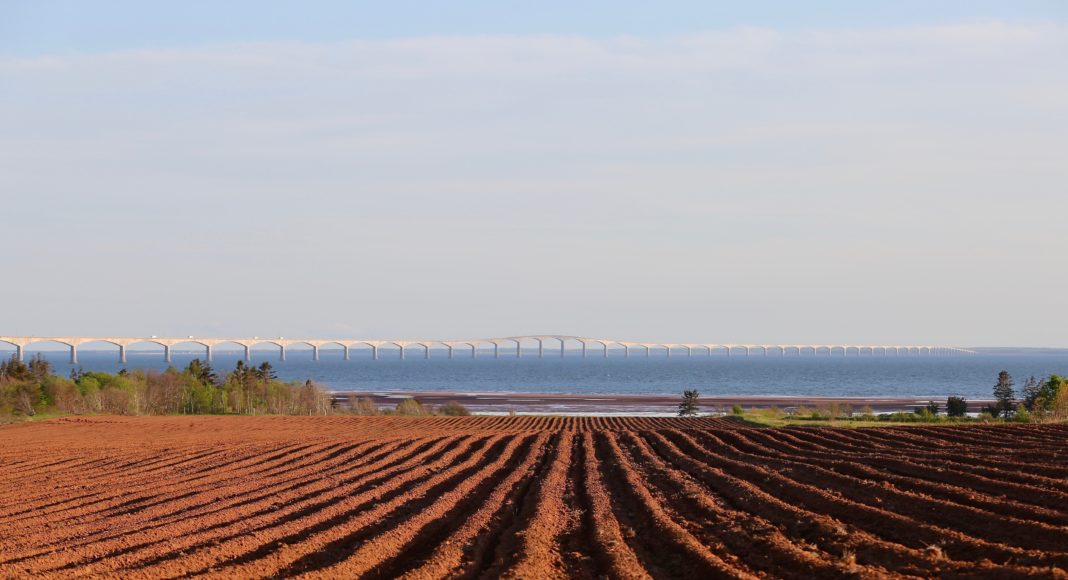Despite the drought in Western Canada and the ongoing affects of the pandemic, strong commodity prices and low interest rates have continued to sustain farmland value increases in most parts of Canada, a mid-year review published by Farm Credit Canada (FCC) on Sept. 28.
“Higher-than-normal prices for wheat, canola and corn have improved the profitability of many operations in the second half of 2020 and early 2021, putting them in a better position to invest in farmland as the opportunities arise,” J.P. Gervais, FCC’s chief economist, says in a release about the review.

Across Canada average farmland values are showing steady increases throughout the first half of 2021, the review notes. However, the full impact of the drought has year to be weighed.
On average, Canadian farmland increased by 3.8 per cent for the first half of this year, compared to 3.7 per cent last year. This increase is in line with mid-year results over the past six years, which showed single-digit increases for the full year, the review notes.
In general, Prairie and Atlantic provinces reported the most modest increases, while Ontario, British Columbia and Quebec had the largest increases.
“While many crop producers have benefited from the high commodity prices and have been able to take advantage of low interest rates to buy land, not everyone is in the same boat,” Gervais says. “The outlook for revenues is murkier for 2021 and 2022 given exceptional production challenges in parts of the country.”
Related Articles
Maritime Drought Lowers Farmland Value Increases
Increased Processing Demand Pushes Potato Farmland Values Higher











